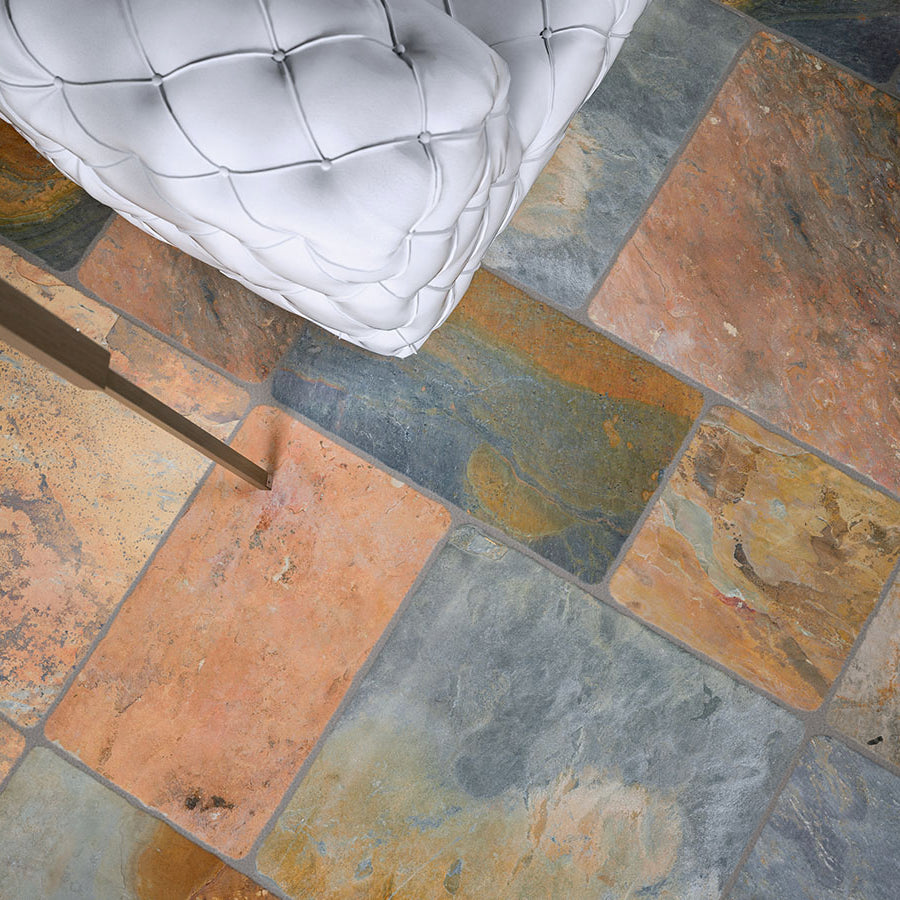
Tile patterns - guide to perfection
Decision on the layout of the tiles has the same level of importance as the tiles themselves. The tile can lose its aesthetics if poorly laid. On the other hand a plain and simple tile can gain appeal if it is laid thoughtfully. Whether is for your wall or floor, the tile pattern will enhance and will define the style of the whole project.
In this article will try to present the most popular tile pattern and the most suitable sizes and some planning advice.

Kenford Grigio porcelain tiles 60x90cm
What are the most popular tile patterns?
Brick bond (square format) - squares tiles under the size of 60x60cm. Each row has to be offset by half a tile to mimic traditional brickwork- a balanced and elegant look.
Add 10% on top for any cuts and waste due to the fragile nature of the material.
Straight stack suitable for any horizontal format tile. This pattern will create a clean, grid-like modern design.
Allow the extra 10% for any cuts and waste.

Travertine Grey Matt Ceramic Wall 30x60cm
Brick bond (horizontal format) perfect for rectangular tiles 60x30cm/ 60x90cm. Is the same principle to square brick bond but the accents is on the horizontal axis.
 Pietre Lime Beige matt porcelain 60x90cm
Pietre Lime Beige matt porcelain 60x90cm
Allow the standard 10% for waste and cuts.

Tuscan Flagstones Ivory Porcelain Floor and Wall Tile
Modular set pattern suitable for large areas which get narrow or the other way around.
This type of pre-cut modular tiles combines different sizes in 3 or 4 tiles. Creates a geometric puzzle-like mosaic, but it requires precise planning and grout alignment. The traditional approximate sizes are 30x50cm, 50x50cm and 50x90cm.
Allow between 10-15% on top for cuts and waste due to the complexity of the pattern.
Mixed linear and square the perfect combination of square 60x60cm and rectangle 30x60cm. This pattern will add a modern vibe through the contrast and variation of the tiles.
Allow 10% for cuts and waste.
Linear and square brick bond a combination of rectangles 60x30cm and small squares 30x30cm. This pattern provides a subtle feature which enhances the focal point of the surface.
Allow 10% for cuts and waste.

Tuscan Flagstones Slate Autumn Grey Porcelain
Herringbone pattern- Suitable for small rectangular tiles. Basically the tiles are place at 45 degree angle to form a zigzag layout. This particular pattern is very popular at the minute with designers and homeowners.
Allow 20% cuts due to the complexity and intricacy of the pattern.

Perugia Vecchia yellow crackle glazed ceramic tiles 235x38mm
What are the main design and planning tips?
Take the exact measurements: Double check dimensions to avoid waste and wrong alignment.
Allow some tiles for waste and cuts: Usually the allowance for the waste and cuts is around 10%, for more complex patterns like herringbone it takes up to 20% on top.
Respect the consistency for the grout alignment: Very important for modular sets.
Keep the balance and mix and match: You can use the same tile for the walls and floors, but mix the faces for an intricate and elevated look.
Why should consider a specific pattern lay out?
The tile pattern gives a certain style to your space helping to add dimensional value. This will have a visual impact and a bold statement for the room.

Final thoughts
We hope that this guide will give you a good insight for the key patterns. Starting form classic brick bond and finishing with herringbone, these tile patterns will enhance the look of your project and will create a solid background for accents and accessories. Print out the patterns and then decide which style appeals more. For more ideas and information have a look through our collection of tiles today!

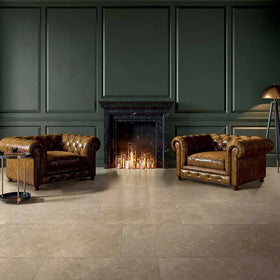
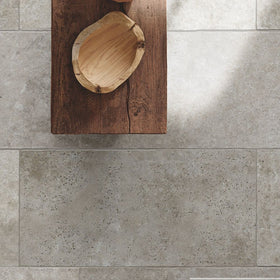
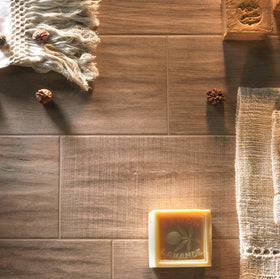
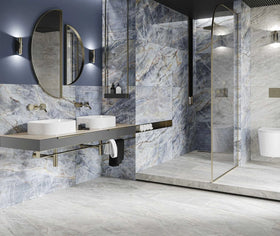
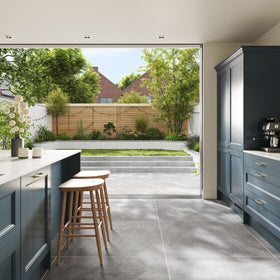
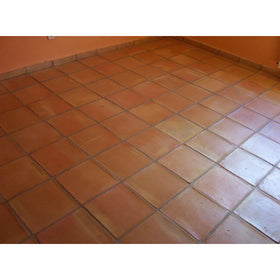
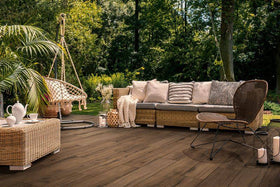
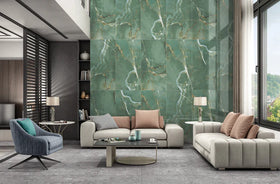
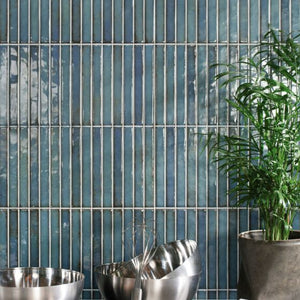
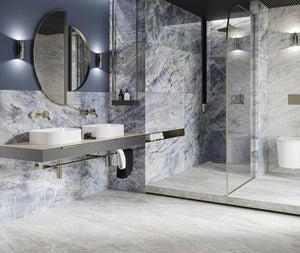
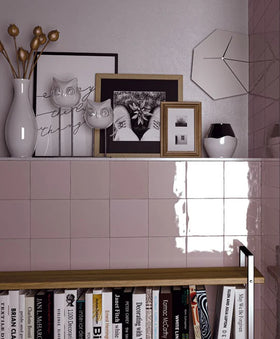
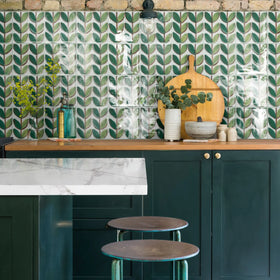
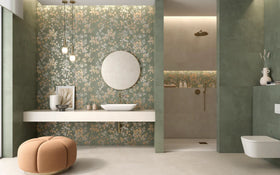
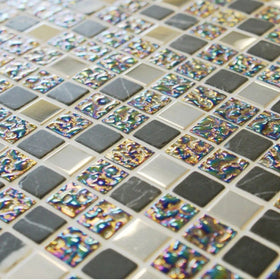
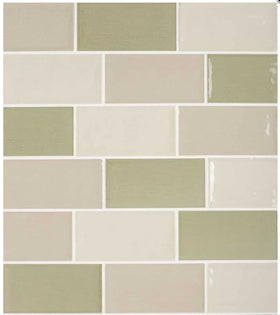
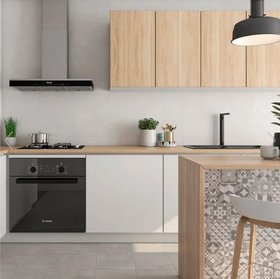
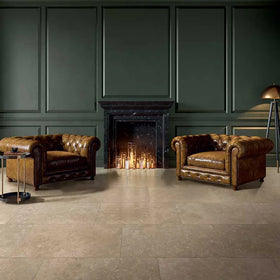
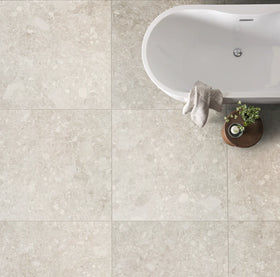
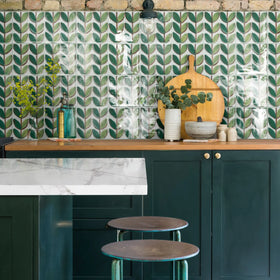
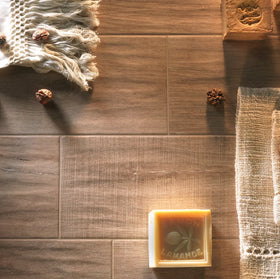
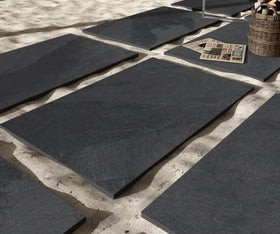
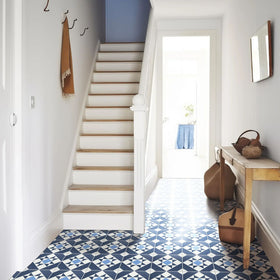
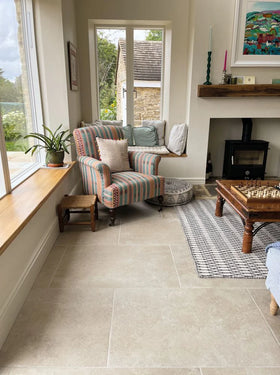
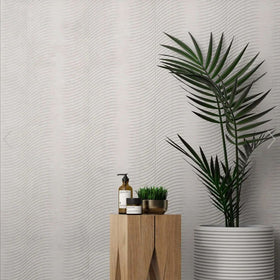
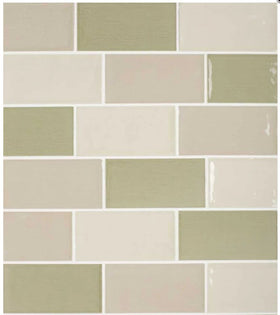
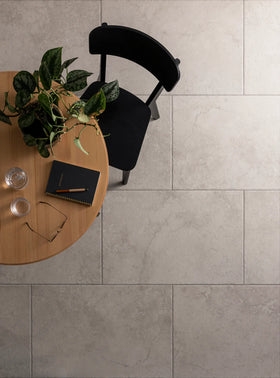
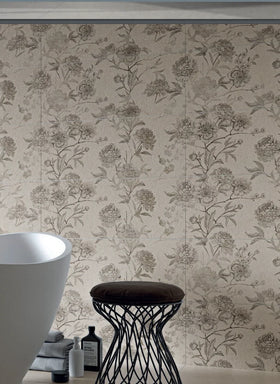
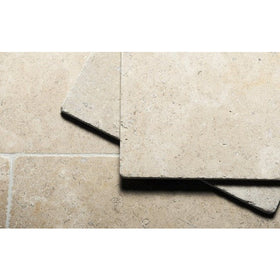
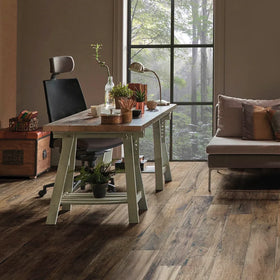
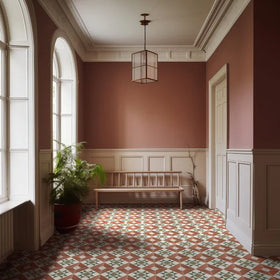
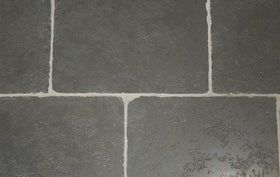
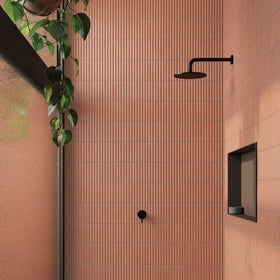
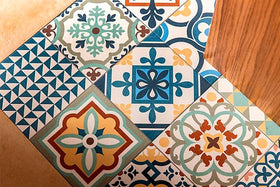
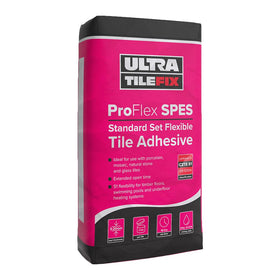
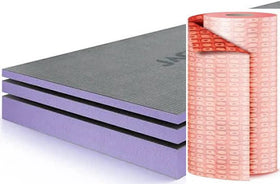
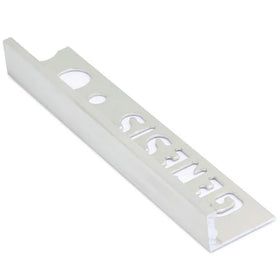
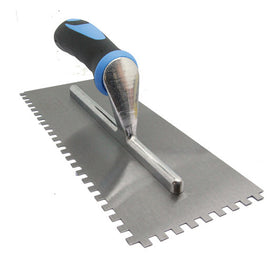

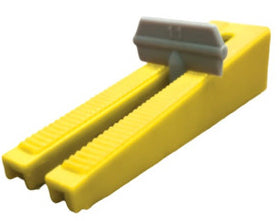
Leave a comment